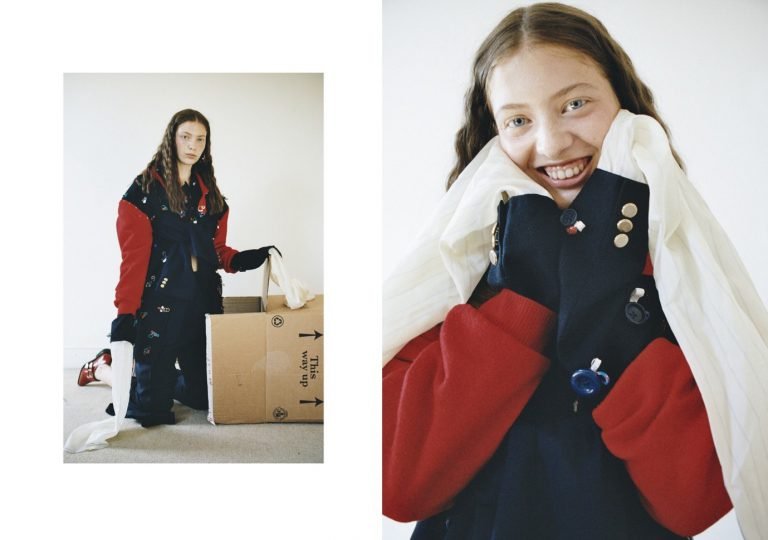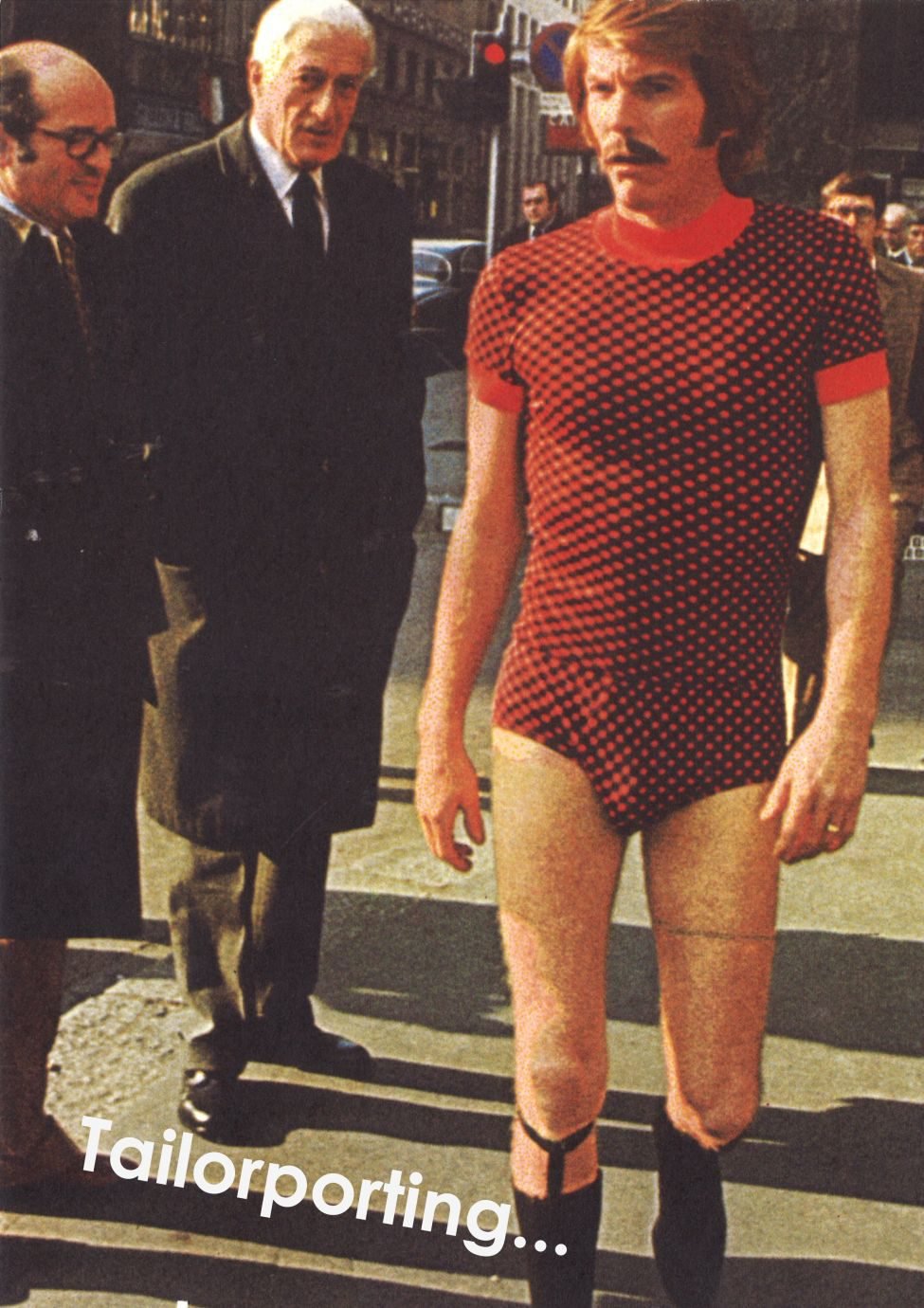How did you first come up with the concept of Rubber Time Journal?
We’ve been working together since our second year at Central Saint Martins and we always have fun when we do. For our final project, we decided to create something we both genuinely care about, and not just do something out of necessity. Rubber Time started from a conversation we had when we were both on our placement year. Deborah mentioned this Indonesian phrase ‘jam karet’ meaning time can be stretched, it literally translates into “rubber time,” so we were both immediately drawn into that concept. It’s usually used to describe someone who’s got bad time management, but we thought that was quite a negative definition, so we decided to redefine it as something positive and desirable. To us, rubber time is when time can be moulded, which allows you to stay flexible and make more time for yourself. We wanted to promote the art of waiting and finding a balanced approach to work, leisure, and rest in our day-to-day lives: as workers, consumers, and people.
“Small ideas lead into the biggest and most exciting concepts.”
Tell me a bit about your research process, where do you go for inspiration?
Most of our best ideas started from our conversations, whether it was about childhood memories, stories, something we had seen, or just books that we’d skimmed through in the library. All of these lead to ideas that got developed into a concept. Small ideas lead into the biggest and most exciting concepts.
Once we had the initial idea for Rubber Time Journal, the first thing we did was create an Instagram account which served as an archive for our research, we posted anything that inspired us and set the mood for the Rubber Time lifestyle.
What do you wish someone had told you at the start of making Rubber Time?
Honestly, we don’t really wish anyone had told us anything, we really enjoyed and learnt to appreciate the ups and downs of this whole process with the added stress of the pandemic. The most important thing for us was learning to adapt, being flexible, and being ready to improvise.
How did lockdown affect the making of Rubber Time? Was it a positive or a negative?
We were planning on traveling around for shoots and interviews, but then our plans had to change, that’s when we realised that the whole world was now in Rubber Time. It made us shift our mindsets and see that this was the perfect opportunity for us to really take our time with this project and take a different approach. We started inventing fun and alternative ways to communicate; we would fax and send each other postcards! At the end of the day, this was a truly positive experience.
“The best advice we got was, not to be afraid of trying, but at the same time don’t have any expectations.”
You interviewed people such as Jamie Hawkesworth, how did you first contact him and what advice would you give to students who are trying to interview industry professionals for their own work?
Deborah worked with Jamie during her placement year and we luckily were able to visit his exhibition in Cornwall before lockdown, so he was happy to talk to us about his Rubber Time, his wellness, and sculptures. The best advice we got was, not to be afraid of trying, but at the same time don’t have any expectations.
















